HP5 is one of my favorite black and white films to shoot with. Soon I'm going to take some time to rescan some of these images. Over the last few years I've messed around with numerous different scanning methods, but finally have something I feel is really great. A lot of these were originally scanned with the Epson V600 scanner, which is okay, but honestly not my favorite.
Also, I recently picked up more darkroom stuff for my home darkroom, and within all of the stuff I found a large roll of old HP4, which I think I'll try to roll it into some canisters and see how it comes out. The film was discontinued in the 80s, so it should be pretty interesting to see the results.
Anyway, onto the main thought here before I get too sidetracked.
HP. Hypersenstivie Panchromatic. What does it mean?
Good sensitivity to light, and sensitive to all wavelengths of visible light, pretty much like the human eye sees. Panchromatic black and white film can accurately render the full range of tones from red to blue, giving a natural balance of light and dark values in your photos..
There are a lot of black and white films out there, but Ilford HP5 Plus is the one I go to the most. There are numerous things I enjoy about it, from its contrast, to its amazing dynamic range–it definitely stands above other black and white film stocks in that regard. I could also have a small bit of bias towards it, since it’s what the school store sold when I took my first photography class in high school, so all of my first rolls of film done entirely by me were all HP5. This was also ultimately what led to me falling in love with photography, so yeah…maybe a little bit of bias, but that doesn’t negate the fact that it is just a fantastic film. It just delivers—consistently, reliably, and with a look that works across pretty much any subject or setting. It just works.
Image of an abandoned home in Ohio - Ilford HP5 Plus 35mm film.
HP5 is rated at ISO 400, and that alone makes it practical for numerous scenarios through shifting light. But beyond that, it brings a specific aesthetic that’s hard to replicate. Smooth contrast, forgiving exposure latitude (you can really push this film heavily before it becomes unusable), and that classic, slightly gritty grain.
One of the most appealing traits of HP5 Plus is its contrast profile. Where something like Kodak Tri-X might punch harder in the shadows and highlights, HP5 takes a more nuanced approach. It leans into a softer tonal curve, with rich midtones and a gradual rolloff into highlights. That means you’re not dealing with blown whites or crushed blacks unless you really push it.
This smooth contrast is part of what makes it so good for scanning. You end up with files that have a lot of editable headroom, even on the less than ideal scans from an Epson V600. If you’re printing in the darkroom, you’ve got more room to dodge and burn without the tones getting muddy or harsh.
Image of the Arcade in Cleveland, Ohio - Ilford HP5 Plus 120 film
The highlights retain subtle detail, and the shadows have depth instead of turning into pools of featureless black. If you like making prints with a bit of mood—fog, window light, cloud cover, dusk—HP5 feels like it was built for it.
As I mentioned, HP5 is incredibly flexible. You can shoot it at box speed (ISO 400), but it handles being pushed and pulled with ease. Push it to 800 or 1600 and it still holds up—contrast increases a bit, grain becomes more pronounced, but you keep that detail and tonality. Push it to 3200 and sure, it’s gritty, but in a way that feels intentional.
That kind of flexibility makes it a perfect film for handheld shooting in natural light, documentary work, street photography, or basically any situation where conditions shift and you’re not interested in needing to drag a tripod out for every other exposure. That being said–still maybe bring a tripod. I know it’s a pain to pull it out and set up, but it gives you a second to take a breath and really focus on the shot. It’s also great if you’re using older cameras with less reliable meters.
This film is super easy to develop at home. Then again, pretty much all black and white films are fairly straight forward when processing them at home. It pairs well with a wide range of developers, from Ilford’s own Ilfotec DD-X (for finer grain and tonal smoothness), to other options like HC-110, Xtol, or Rodinal. It even works beautifully with stand development.
Image of the Arcade in Cleveland, Ohio - Ilford HP5 Plus 120 film
Developing times are well-documented and predictable. Grain is consistent. Dry-down curl is minimal. It dries fairly flat. And that’s not just a convenience—it’s a huge advantage if you’re scanning your negatives. Flat negs = easier scans = less time fighting your gear and more time working on images.
While HP5 is often the go-to for moody urban work or decay-heavy photography, it’s surprisingly versatile. Portraits on HP5 have this beautifully classic, soft-edged realism. Skin tones are rendered smoothly, and the grain adds texture without turning faces into sandpaper. If you’re used to shooting digital and feeling like everything looks too sharp or too “perfect,” HP5 is a breath of fresh air you might want to check out if you’re looking to experiment with analog photography.
HP5 isn’t exactly “fine-grained”, but it’s also not offensive. The grain is even and well-distributed, and it scales nicely with scanning resolution. It gives your photos character without overwhelming them. In medium format, it’s even smoother, but even in 35mm, it looks organic and balanced.
It’s not sterile. It’s not ultra-modern. It’s the kind of texture that adds presence to a photo instead of just noise.
Whether you’re shooting 35mm, 120, or even sheet film, HP5 delivers a consistent look. That might sound like a throwaway comment, but if you’ve shot across formats before, you know some stocks can behave a little differently between roll and sheet (Hmm…Ektar 100). HP5 doesn’t. It’s solid across the board.
Downtown Cleveland, Ohio - Ilford HP5 Plus 120 film
In a time where a lot of film stocks get discontinued or become prohibitively expensive, HP5 remains reasonably affordable. I mean, I do wish it was still $2 a roll like it was at the store in my high school, but I guess it is what it is. As for it getting discontinued, it’s unlikely, unless they shift to an HP6 or something, but that would still be moving it along. HP was introduced originally in the 1930s, with HP5 being introduced in the 70s, and HP5 Plus that we know today was introduced right at the end of the 80s as HP4 was phased out.
Whether you’re shooting street, portraits, ruins, foggy forests, or just chasing whatever light you can find, HP5 is a great film for any situation.
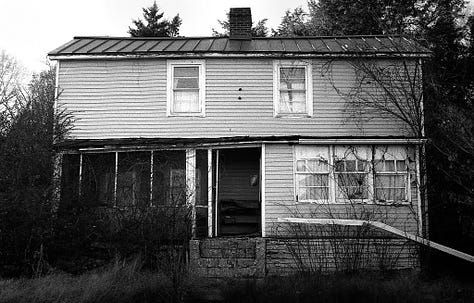
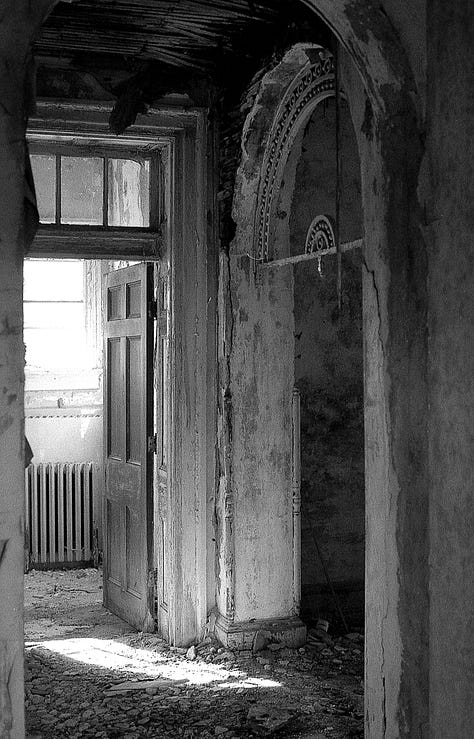
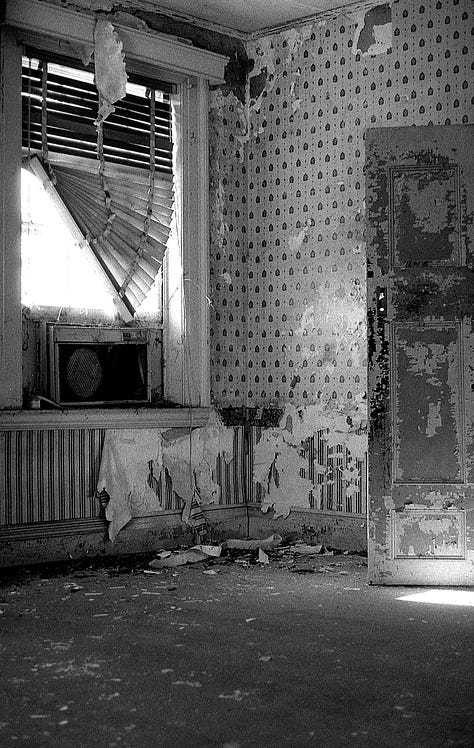
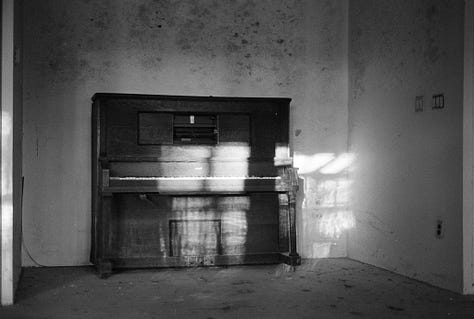
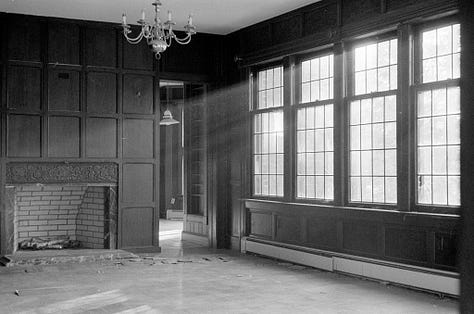

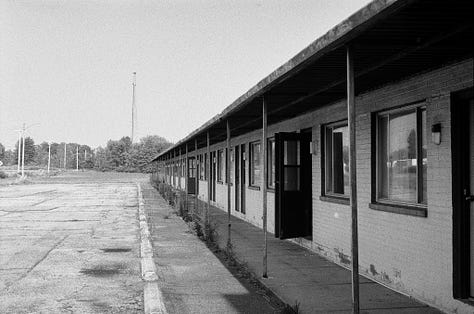
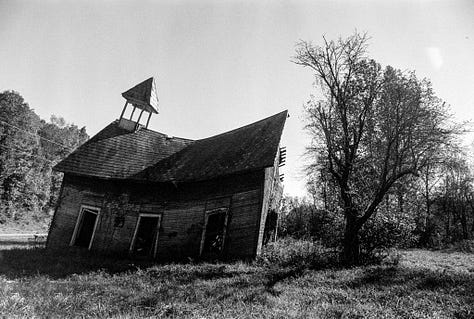
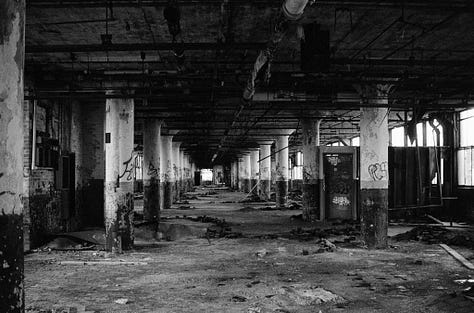




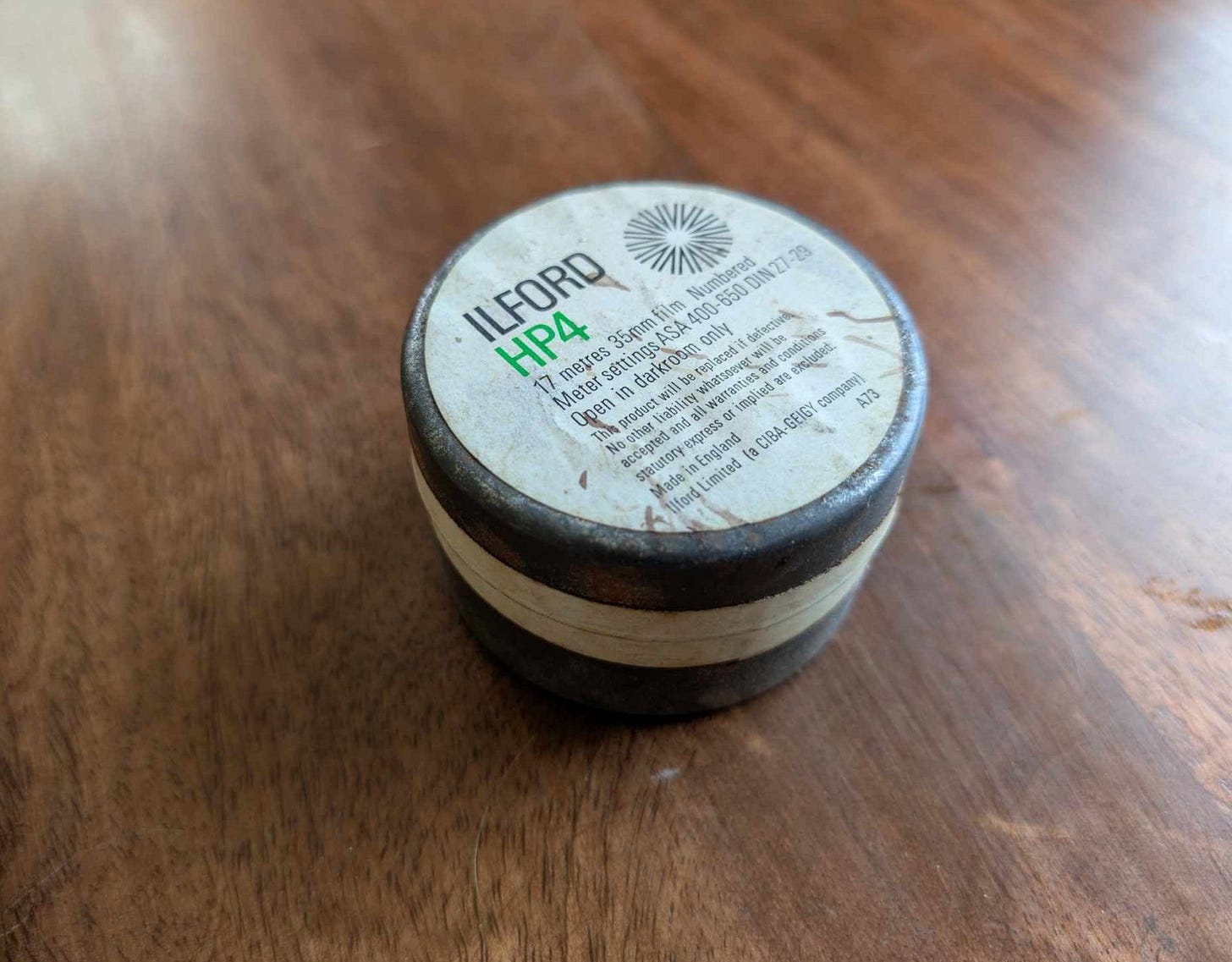
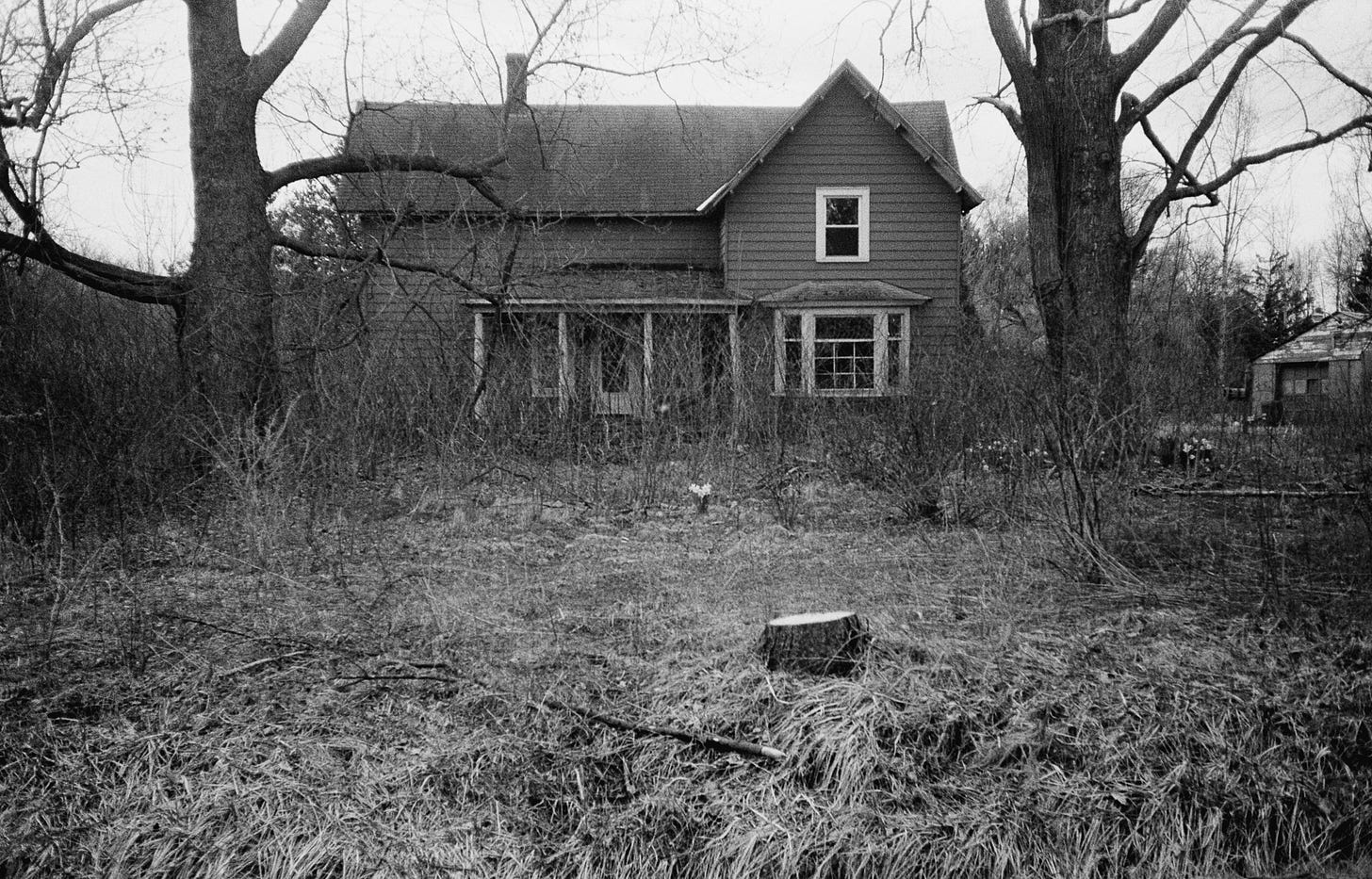
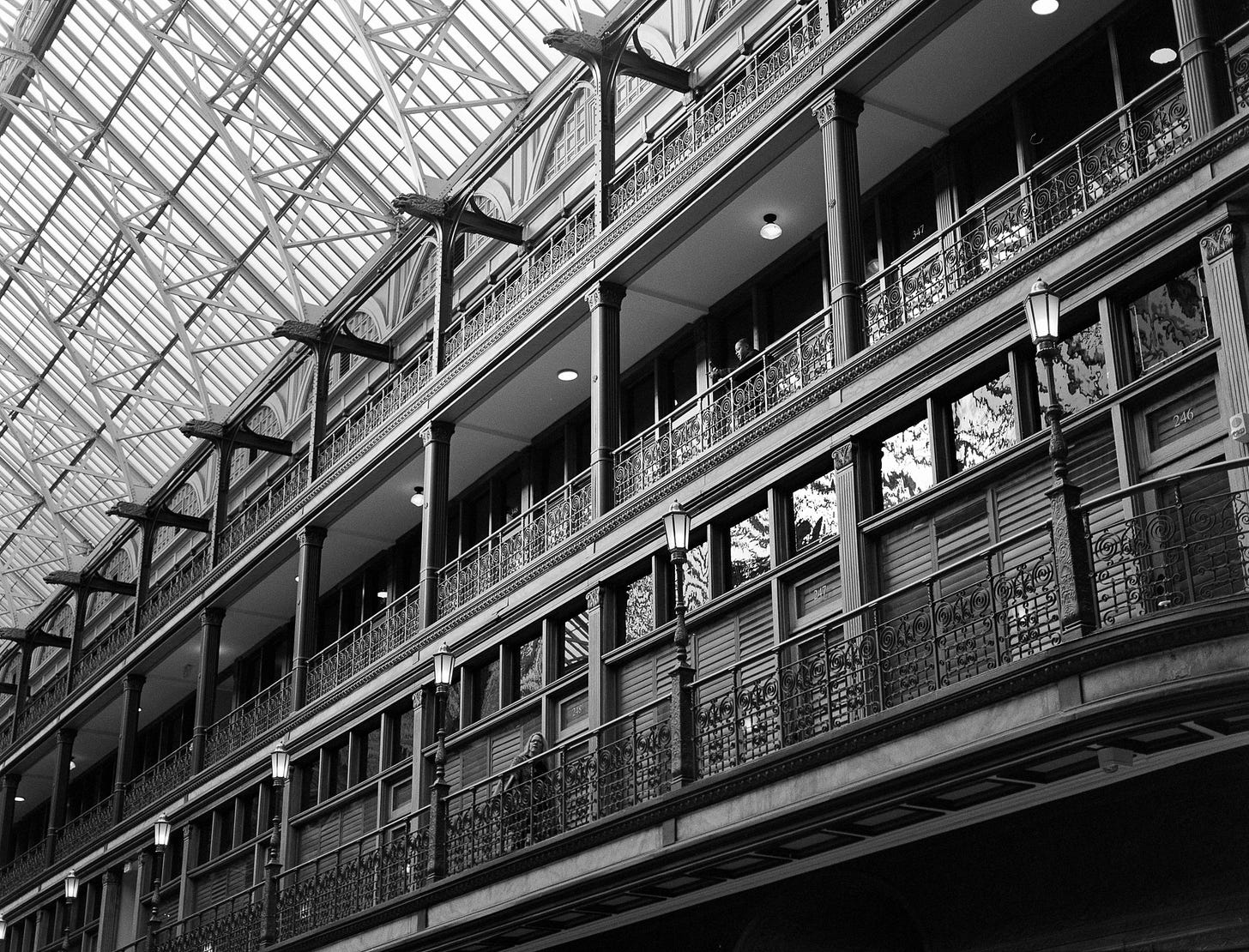


This was a fascinating and educational read! Thank you for the grin and OHs and OOHs and AHs you gave me through your writing (I mean, your writing is ALWAYS really wonderful, but this one stood out more than usual for me)!